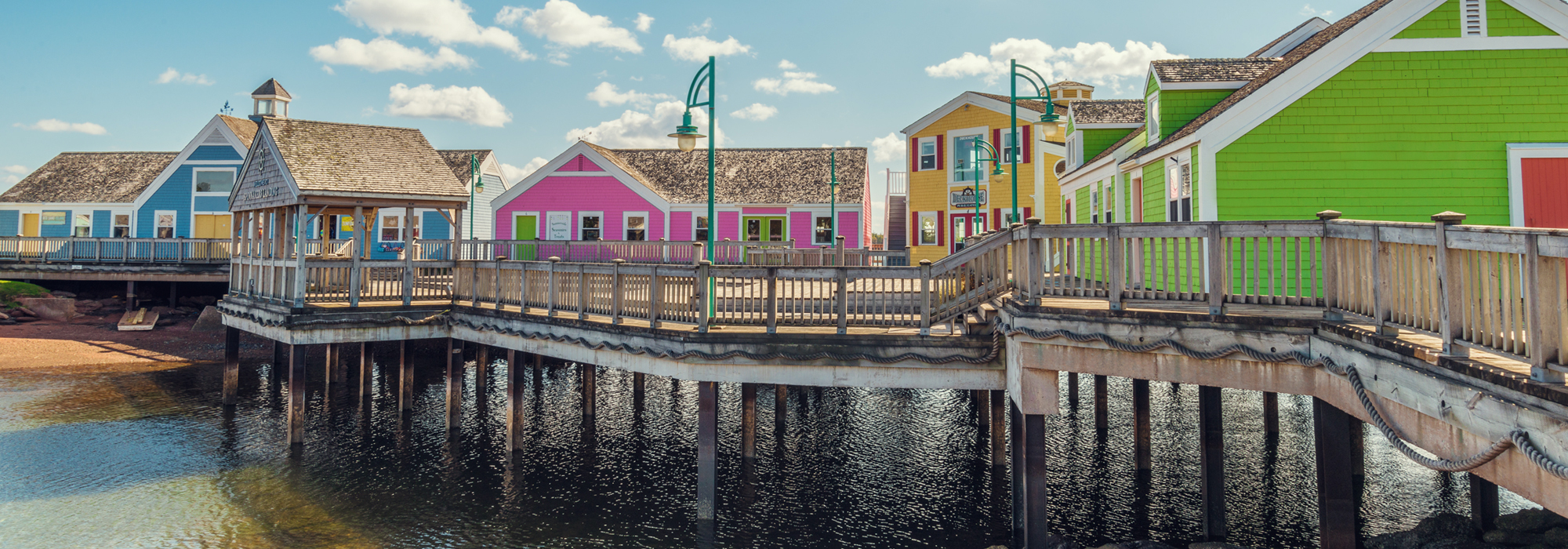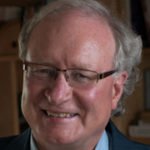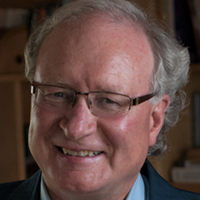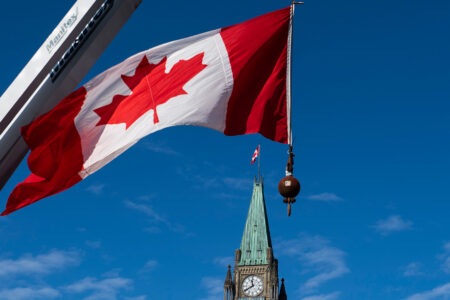
Prosperity and populism do not travel well together, at least not populism as it is mainly understood today. Increasingly in Canada and around the world, we see patterns of angry populism. Populism does not need to be angry. It can be a call to come together, to summon and share feelings of community and to build cohesion or capacity. There have been times in Canada when this type of populism has been prevalent and served us well.
Prosperity tends to be relative. You’re prospering if you are doing better than last year. In this time of angry populism, it is increasingly challenging — even as we have objective gains in prosperity — for Canada and Canadians to feel that we are getting ahead. But there are real opportunities to enhance prosperity and address key public concerns through collaboration, flexibility and old-fashioned populism.
The 1950s and 1960s
Among the times when prosperity and populism did travel well together in Canada, we can look to the Diefenbaker and Pearson years. Interestingly, the period had striking similarities to our circumstances today, with minority governments, lots of partisanship — even distemper — and deep differences of political stripe, priorities and ideology among federal, provincial and regional interests.
Notwithstanding the political fragilities of the time, there were major progressive achievements: Equalization, medicare, investments in culture and post-secondary education, big infrastructure projects and regional development. We had growing prosperity and population. Government spending grew substantially, to an extent that would later be unsustainable.
Whatever the fiscal challenges, there was a consensus in favour of progressive taxation. When we listen to arguments today about fiscal fairness among regions, there can be a tendency to overlook the basic reality that some parts of Canada have more high-income earners than others.
The programs and investments of the 1950s and ’60s were tied to a spirit of Canadian identity and capacity building. There was an enhanced sense of national spirit, including around a new flag and the 1967 Centennial. This was an old-fashioned form of populism, building for the collective good.
Lessons from Prince Edward Island
In the early 1960s, PEI’s per capita GDP was 50 percent of Canada’s. By the late 1970s, new foundations had been laid and capacity built through a 15-year federal-provincial Comprehensive Development Plan.
In recent years, PEI has prospered, although GDP per capita and average wages remain the lowest among the provinces. In 2018, PEI led all provinces with 2.6 percent real growth, following a gain of 3.2 percent in 2017. The Atlantic Provinces Economic Council predicts that PEI will experience 3 percent growth in 2019 and 2.8 percent in 2020.
PEI’s recent success reflects a diversified and integrated economy. Growth is widespread, with gains in manufacturing, construction, retail, wholesale and the primary and service sectors. Between May 2015 and October 2019, PEI saw a remarkable 13.4 percent increase in full-time employment, adding 8,000 full-time jobs in both rural and urban areas.
One result was a healthier fiscal position, with the debt-to-GDP ratio declining from 36.7 percent in 2015 to 30.5 percent in 2019, leaving PEI with the fourth-lowest debt ratio among the provinces and the lowest east of Saskatchewan. In 2019, PEI’s credit rating was upgraded for the first time in two decades.
This economic growth would not have been possible without a bigger workforce and population growth. Governments do not pay enough attention to population dynamics. We ignore “aging population” at our peril. Measures to encourage population growth and rejuvenation include improving the availability of housing and access to reproductive health services.
From 2016 to 2019, PEI led among provinces in per capita population growth and immigration. In 2017, for the first time since 1968, there was a year-over-year decline in median age — the clearest bellwether of success in demographic initiatives. Between 2016 and 2019, the median age declined from 43.9 to 43.2 years, a degree of rejuvenation not seen elsewhere in Canada and hard to find in the developed world.
Canada has a mobile workforce, supported by national programs such as Equalization and CPP. The most mobile people vote with their feet. Between 1990 and 2005 — in only 15 years — Newfoundland and Labrador went from having the youngest population among the provinces (median age, 30.2 years) to the oldest (40.7 years). Today, the median age has risen further, to 47.1.
Alberta has the youngest median age, at 37.1 years. For four decades up to 2015, Alberta’s population grew much faster than that of the rest of Canada, drawing people of working age from other provinces. Figure 1 shows that Alberta has been the greatest beneficiary of national workforce mobility as it attracted workers to an expanding resource economy between 1974 and 2014.
Getting ahead together
With new forces of populism at play and divergent regional economic realities, we know that Canada and Canadians will have to work hard to prosper and to feel that we are getting ahead together.
Here are five areas of collaboration or initiative that could boost prosperity and address active social and political challenges in different parts of Canada. These are not one-size-fits-all. They can be of varying scope or participation or buy-in in different parts of the country.
Housing: Housing is a challenge throughout Canada, in urban and rural areas, especially for young people, low-income households and Indigenous communities. A national project to produce affordable, energy-efficient, modular housing would be timely. It would speed up construction and allow most of the activity to take place in regions needing an economic boost.
In the 1940s, the Wartime Housing Corporation built almost 50,000 modular homes. These “Victory” homes were assembled in as little as seven days and are still in good shape today. We can do it again.
Workforce development: Federal-provincial investments in education and training were at the heart of Canada’s progress in the 1950s and ’60s, delivering a big productivity boost in the 1970s.
Workforce needs are constantly evolving. Governments can invest and collaborate, together with the private sector and educational institutions, to provide workers with the skills that employers want. Resources could come from multiple sources.
Utility corridors: Canada has a surplus of energy resources, notably hydroelectricity and oil and gas. Utility corridors — conduits capable of transmitting or transporting multiple resources or services — can reduce greenhouse gas emissions, through a more flexible mix of resources and by providing back-up for solar and wind, which are renewables but intermittent.
Energy utility corridors can address differing regional needs and contexts. In Atlantic Canada, there is a strong appetite for greater coordination and capacity. While the timelines for planning, approval and construction are considerable, so, too, are the environmental, economic and political benefits.
Pharmacare: Building on existing public and private plans, there is an opportunity to address critical gaps in pharmaceutical coverage. It won’t be easy; provinces will be cautious about the sustainability of a federal financial commitment. This is clearly an area where Canadians can benefit.
Trade: Since the 1990s, trade has been a fruitful area of intergovernmental collaboration, highlighted by Chrétien-era international delegations. First ministers worked together well on NAFTA 2.0, even with significant friction on other fronts. Trade expansion and diversification will bring early and lasting economic and political gains.
Fogo Island Inn’s founder, Zita Cobb, is a fan of “seeing what’s in plain sight.” Among Fogo’s seven seasons, late autumn is called a time “of change and power” when “wild and wonderful November gales” will “iron out all of life’s wrinkles.”
The biggest challenge as Canadians strive to prosper and get ahead together could be which brand of populism our leaders choose to work with. Is it the populism of anger and disaffection? Or the populism of cohesion and capacity building? Canadians will get much further ahead, and iron out more wrinkles, with old-fashioned populism and new-found prosperity.
This article builds on a talk given by the author as a visitor at Massey College, University of Toronto, on November 14, 2019.
Photo: Summerside waterfront, Prince Edward Island. Shutterstock.
Do you have something to say about the article you just read? Be part of the Policy Options discussion, and send in your own submission. Here is a link on how to do it. | Souhaitez-vous réagir à cet article ? Joignez-vous aux débats d’Options politiques et soumettez-nous votre texte en suivant ces directives.








